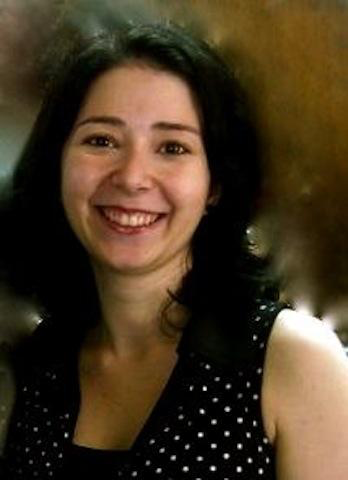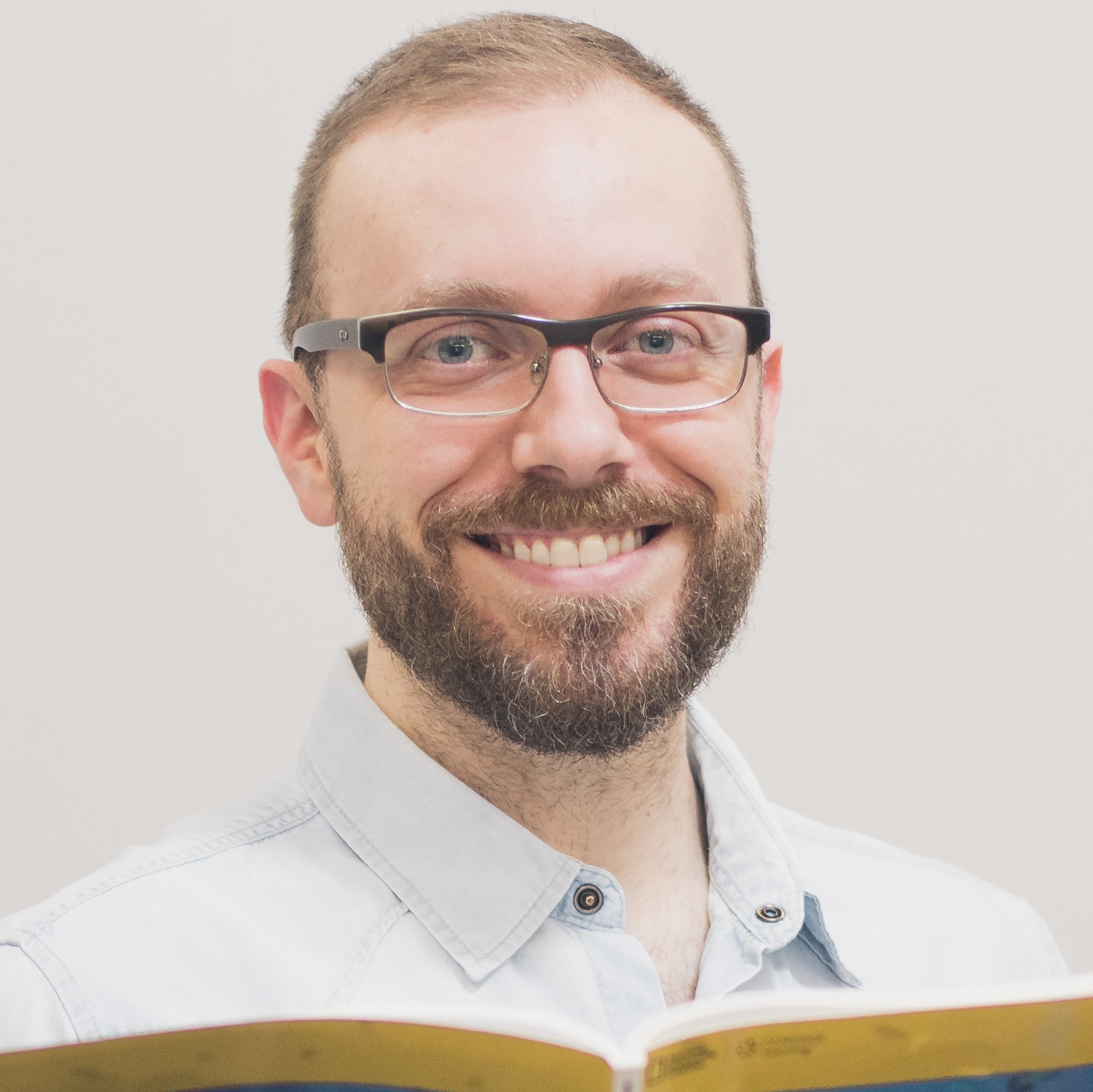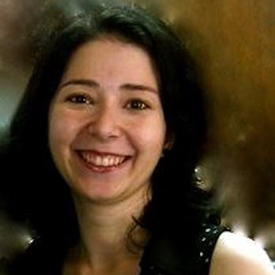The WH- for Bilingual Education in Brazil – what, why, how
Just take a quick stroll around the town where you live. How many “bilingual education” ads do you find? From small towns in remote areas to big metropolis, it does seem that a huge number of schools have gone bilingual. But are they all the same? Do they have the same reasons for doing so?
First and foremost, it is far-fetched to believe that they are all the same. There is this thing called “school culture” that should be enough in itself to tell everyone that no bilingual school can really be the same. By definition, school culture should be seen as what makes everything different: as The Glossary of Education Reform points out, school culture includes not only written rules but also unwritten rules which encompass relationships, beliefs and attitudes, just to name a few. So, if you were met with two apparently identical bilingual schools while taking that quick stroll around the town, bear in mind that their reasons for such a name may include more than just an intensive language program.
That brings us to what we should expect to find as Bilingual Education in Brazil. Having such a vast territory, it is rather simplistic to consider as bilingual education merely that intensive language program I have just mentioned. It is – and has to be – much more than that: there are bilingual schools for the deaf, carrying out amazing programs aimed at teaching the Brazilian Sign Language (LIBRAS) and Portuguese as a second language; there are bilingual schools in indigenous communities where children learn about and in their ancestors’ language and cultures; there are schools that despite not being named “bilingual” are responsible for the education of immigrant children who use Portuguese as their language of instruction; and there are also bilingual schools that have chosen one, sometimes two, foreign language(s) to help bridge the expected competencies and skills of the so-called 21st century learners. And mind you – these examples may not cover everything that we have in vogue in Brazil nowadays!
But if Bilingual Education has so many facets, what makes it similar enough to be named as such? Simply put, there are (at least) two languages of instruction. Present models vary and range from partial immersion programs, in which schools manage to expand the use of the chosen foreign language in meaningful and subject-related instructions to after-school programs with extended project-based or CLIL-inspired lessons in the foreign language, but which may not be part of the common school curricula that all students are required to take. Those are just some examples of present practices that – again – end up having two languages as means of instruction. So, bilingual education does not and could not be referred to as merely having more English lessons per week, for example, or adopting a course book or a bilingual program: it has to be part of the school culture.
Bilingual education is not new – not in the sense of something that everybody is deciding to have in their schools because of good marketing. The first schools in the US, for example, started in the 17th century with the Polish immigrants, while Ohio was the first state to adopt a bilingual education law authorizing German and English as two languages of instruction. In the United Kingdom, Wales opened its first Welsh-English bilingual school in 1939… and it goes back even further in time! Mackey (1978 apud BAKER, 2001) states that Bilingual Education has been around for more than 5,000 years, having been connected to immigration contexts and political movements and having, among its objectives, the intention of enabling people to communicate with others, preserve identities, expand the use of a language, deepen the understanding of a certain language and culture, reconcile and mediate communities that are linguistically and politically different, and provide linguistic skills that may be of importance in the job market.
Needless to say, Bilingual Education is serious. Bilingual Education is a political stance – you are shouting out to the world that – YES! – you see how valuable learning in another language is. You are stating that the development of capable and competent 21st century citizens include learning to respect other cultures and people, for instance, which is definitely part of a school culture in a bilingual environment. You may even be bold enough to agree with Ofelia Garcia when she states that “Bilingual Education is the only way to educate children in the twenty-first century” (GARCIA, 2008, p. 19). The tricky part is how to do so.
Just some hints on how to start: consider that Bilingual Education differs from traditional foreign language programs once language is not seen as a subject, it is the means of instruction. It should offer general education in the sense that it is NOT the responsibility of a single field (English, Language Arts etc.). It should teach in two or more languages. It should develop multiple understanding about languages and cultures. It should encourage the appreciation for human diversity (GARCIA, 2008). It is definitely more than that regular EFL lesson, and at the same time that it offers more to the students, it requires more from all of us.
I now invite you to think back on that quick stroll you took around your town… this time try reflecting on what that bilingual education ad you’ve seen means, why it is there, and how Bilingual Education may be accomplished in that place. Take the time to share your experiences with me! Hope to hear from you all!
In the following months, we’ll talk about the differences between Bilingual Education and EFL /ESL and about what is expected of professionals who are willing to work in Bilingual Education and what refreshers may help those who are already in the field. See you soon!
References:
BAKER, C. Foundations of Bilingual Education and Bilingualism. Clevedon: Multilingual Matters, 2001.
GARCIA, O. Bilingual Education in the 21st century: a global perspective. Chichester: Wiley-Blackwell, 2008.






